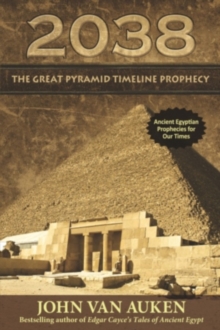
Unevenes indIcates variatIOns In the timing. Stones are buoyant, expansive times of opportUnIty. Wallis Budge, the first interpreter was influenced by the recent discovery of The Tibetan Baal In the open spales between The hieroglyphs on this manuscript literally give this title, but E.A. Adams wrote that the unique system of passages and chambers in the Great Pyramid have little meaning as a tomb but have an al legorical significance only explained by referring to The Egyptian Book a/the Dead which, he points out, is more correctly titled, The Book a/the Master a/the Hidden Places. Davidson first got his idea from Marsham Adams (1838-death date unknown),:1 British Egyptologist, fellow of Oxford's New College, and author of The House a/the Hidden Places: A Clue to the Creed a/the Egyptians (1895) and The Book of the Master (1898). Aldersmith began this line of questioning Jnd correlatmg the stone monument with a timeline. A question put to the "Sleeping Prophet" concerning the published work of David David son and H. The following is a report on Edgar Cayce's readings concerning the Great Pyramid of Egypt as a purposeful chronograph created by Ra-ta (or Ra), Hermes, and Araaraart in roughly 10,500 Be.

Ra-Ta (Cayce) helped build this chronograph for us.


 0 kommentar(er)
0 kommentar(er)
